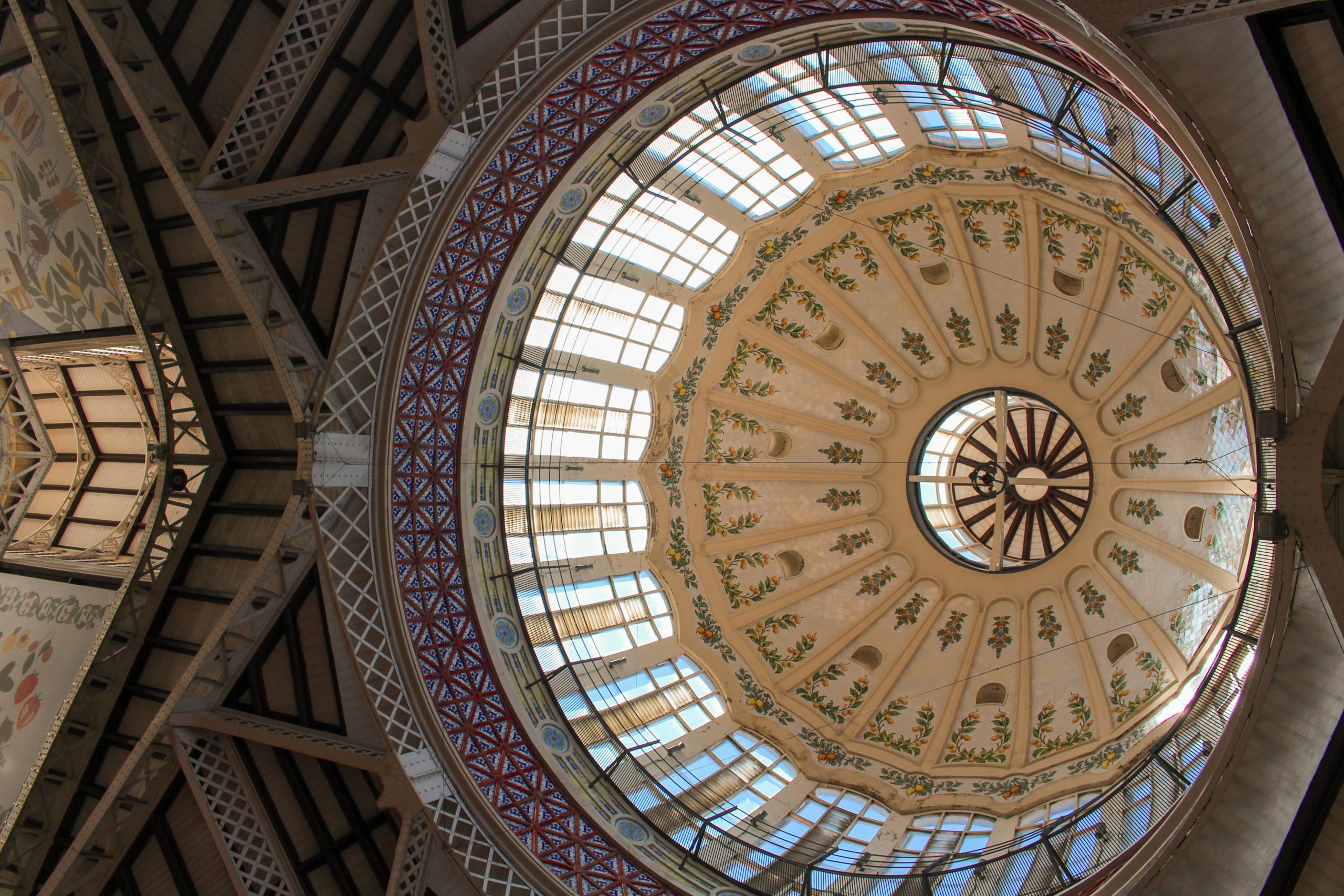A brand new house looks starkly naked, absent of desks, chairs, couches, beds, televisions, and more. The less obvious difference between an empty house and a decorated house is around the tops and bottoms of walls, doors, and windows. They are all missing any sort of moulding, a vital component of a complete house. Hardwood moulding is an essential accessory for subtle taste within a home. The initial appearance of a home makes the contrast between the floor and the wall, for example, look jarring and awkward, as if the finishing touch was just forgotten. Hardwood moulding fits across ceiling trims, door trims, floor trims, and baseboards. This might seem like a superfluous add-on to the practical homeowner, but the fact is that moulding provides a very clean, smooth, and easy transition between all surfaces of a home, resulting in a linear appearance that is easy to watch and follow along, resulting in symmetrical beauty. Moulding also provides an easy, suitable frame for windows. Instead of the wall just awkwardly pushing out to form a space for a window, the moulding will provide a clear, gentle passage between the two units. Volterra Architectural Products manufactures hardwood moulding to fit any kind of trim imaginable, whether it is long and narrow or short and wide. Providing crown moulding, base moulding, and panel moulding, these products come in a variety of special shapes that add spice and personality to the areas in which they are fitted. Some moulding profiles come in curved pieces that slope up and down throughout, while other styles are rigid and linear. These moulding pieces can be painted with dazzling colors of yellows, whites, or greens, or stained with almost any tone to accentuate the wood grain. To learn more about the usefulness of hardwood moulding, call Volterra Architectural Products at 602.258.7373 today.
Hardwood Moulding Fills in the Empty Spaces






